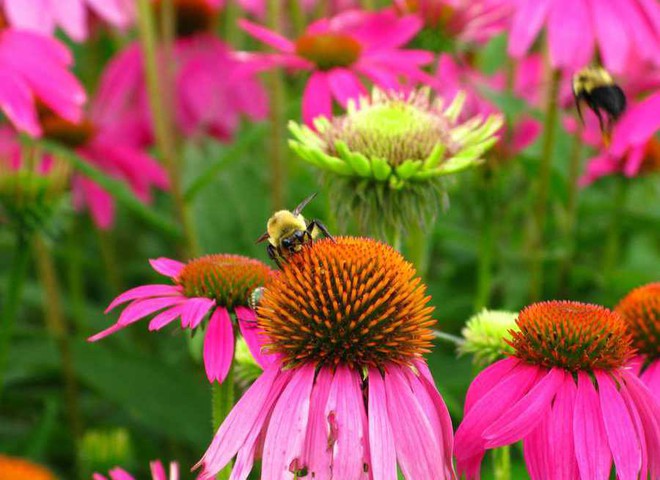

These nectars are usually found on the underside of the petals. In most cases, this sugary liquid is secreted from a part of the flower that is not the stigma the female part of a flower that usually grows at the end of a stalk called a style.

Honey can be established in many places around the world, but it is mostly congregated by beekeepers who try to avoid disturbing the hives. The tints of honey range from golden yellow to dark brown, counting on the flowers the bees feed on. Juice means the aqueous liquid expressed or extracted from one. Honey is the stimulant that honeybees fabricate as they eat nectar and transform it into honey. (a) Any juice sold as such or used as an ingredient in beverages shall be processed in accordance with the requirements of this part. It contains citric acid and lemon to preserve the liquid. It does not contain citric acid and lemon to preserve the liquid. Nectar is the food source for bees during the spring and summer months. To fabricate honey, the bees need to visit hundreds of flowers. It is not comprised of antibacterial and antifungal. It is comprised of antibacterial and antifungal. Nectar is the liquid that plants produce to attract pollinators like insects and hummingbirds. Honey is a sweet, sticky liquid that bees make from the secretions of plant pollen and nectar. Comparison Table Parameters of Comparison

This process is experimental and the keywords may be updated as the learning algorithm improves.It is made up of potassium, phosphoric acid, glucose, sucrose, and numerous other organic compounds. These keywords were added by machine and not by the authors. Another division of the juice category is "Not-From-Concentrate," commonly known as NFC, which only undergoes a slight pasteurization process. In this category, there is a division between "Reconstituted Juices," which are basically concentrated from three to six times at the juice concentrate factories where they are produced, and subsequently diluted with potable drinking water at a bottling plant, returning the juice to its original condition (in terms of concentration of soluble solids in water) at the time of bottling, before being distributed to consumers. Worldwide, products labeled as "juice" must contain 100% fresh fruit, therefore these are pure products with no preservatives or sweeteners and no artificial colors, and may or may not contain pulp of the fruit itself.

Although not widely known to consumers in general, the difference between juice, nectar and still drink is related to the content of fruit juice present in the packaged beverage.


 0 kommentar(er)
0 kommentar(er)
